St. Elizabeths Hospital
Government testing at the asylum briefly explored using marijuana as a "truth serum" on Nazi prisoners of war.
The “Government Hospital for the Insane” opened in 1855 on a remote hilltop to the southeast of Washington, D.C. as one of America’s first public hospitals specializing in psychiatry. Later popularly known by the less prickly moniker St. Elizabeths, the asylum’s headiest chapter might be a midcentury stint of clandestine government experiments with drugs, “truth serums,” and mind control.
In 1942 the proto-CIA Office of Strategic Services established a committee partnership with St. Elizabeths to aid in prisoner of war interrogations. Little was known about the pharmacology of mind-altering drugs, but the premise was that intoxicated Nazis would be more likely to reveal sensitive information to interrogators to help win World War II.
The St. Elizabeths truth serum experiments were overseen by longtime director and superintendent Dr. Winfred Overholser, who quickly dismissed mescaline and scopolamine and instead honed in on the promising effects of marijuana.
According to the now declassified 1943 OSS “Report on T.D. [Truth Drugs], “Three varieties of cannabis were studied: Cannabinol from Indian Charis, tetrahydrocannabinol acetate derived from the above, and synthetic cannabinol [sic]. Of these, the acetate derivative was found to be preferable.“
It’s not clear if the cannabis extract tests were conducted on unwitting hospital patients, or consenting government employees, though either is plausible.
Through trial and error the OSS developed a method of injecting trace amounts of THC acetate into tobacco cigarettes with hypodermic needles, the end result of which was “perfectly normal in appearance and in taste.” These spiked cigarettes were slowly fed out to test subjects over the course of hour-long sessions until the desired effect was achieved.
The 1943 OSS report notes that these tests found that “thoughts flow with considerable freedom, and in which conversation becomes animated and accelerated. The subject may experience lapses, such as forgetting what he was about to say. Frequently, he becomes greatly amused. He may tell funny stories or related personal anecdotes with some abandn [sic] and indiscretion.”
The St. Elizabeths truth serum experiments ended harmlessly enough in 1943, with the government concluding that marijuana “is probably not adaptable for mass interrogation.” But the program foreshadowed some deeply troubling CIA experiments with drugs over the next decade. As World War II gave way to the Cold War, the government’s experiments evolved from truth serums to mind control, and gave up marijuana for the far more risky Lysergic acid diethylamide (LSD) MK ULTRA trials.
Wartime drug experiments notwithstanding, St. Elizabeths hospital was a pioneer in the humane treatment of mental illness, though also saw its share of now discredited electroshock therapy and forced lobotomization in its long history. Today, the active hospital’s footprint has shrunk from its 1950s peak, and much of the campus sits empty or in various stages of redevelopment. In 2018, St. Elizabeths East Entertainment and Sports Arena, home to the WNBA team the Washington Mystics, opened on the campus.
















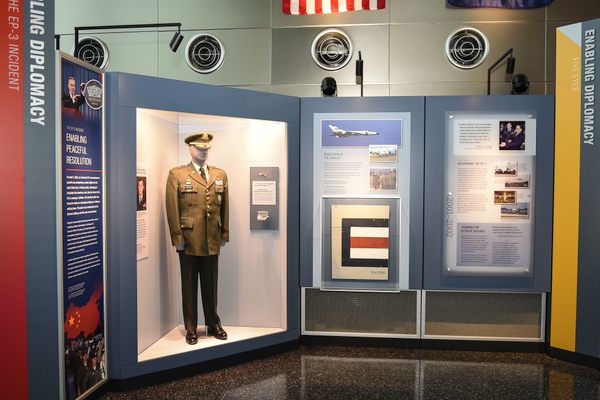
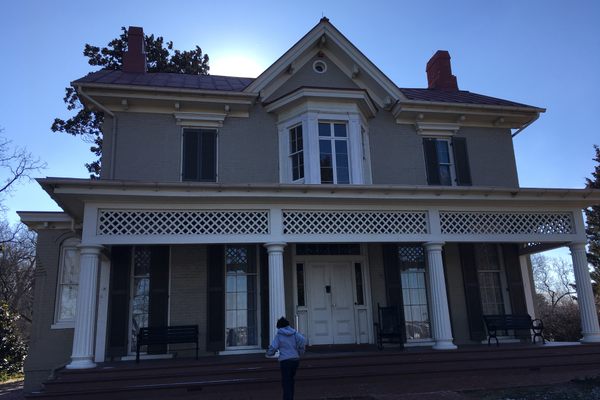
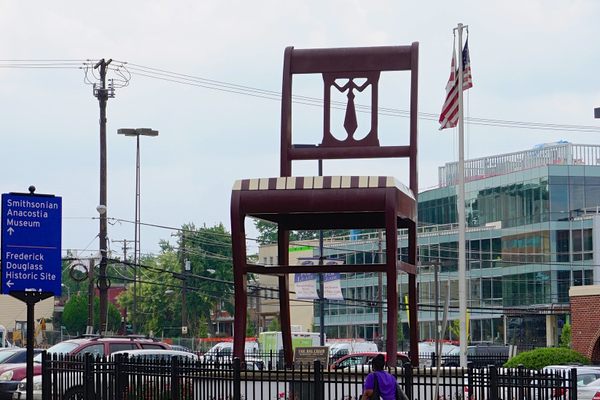


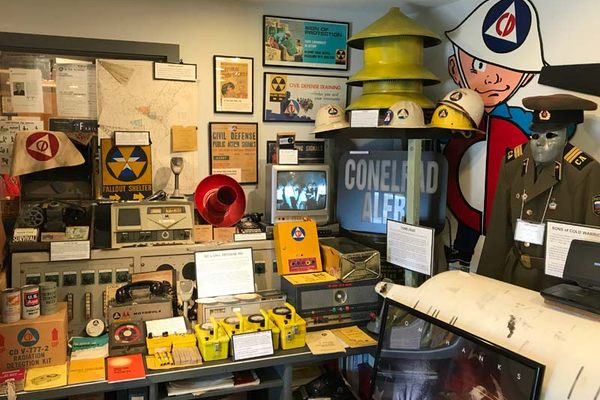
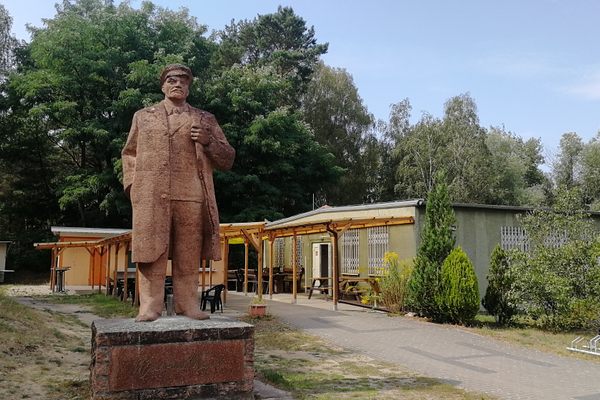
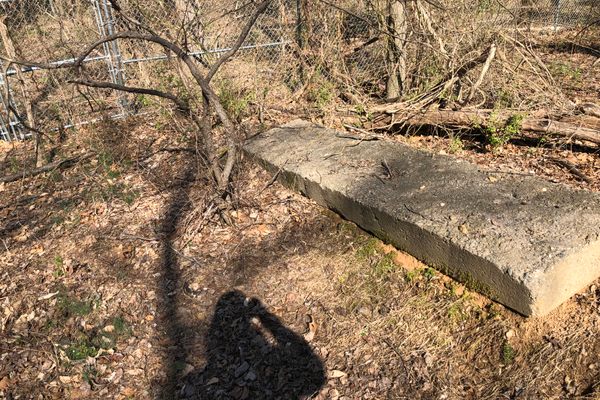


Follow us on Twitter to get the latest on the world's hidden wonders.
Like us on Facebook to get the latest on the world's hidden wonders.
Follow us on Twitter Like us on Facebook